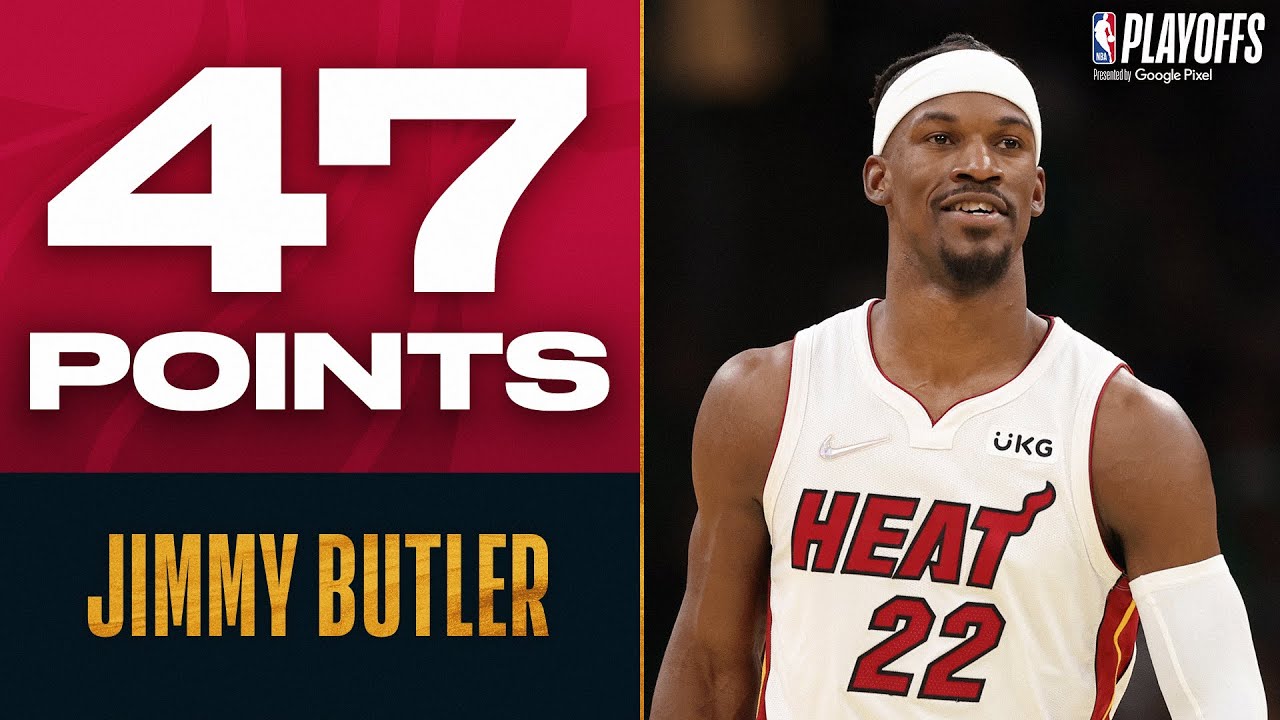The Heat forced Game 7 in the Eastern Conference Finals by defeating the Celtics in Boston (111-103). After a sluggish Game 5 Jimmy Butler led all scorers with 47 points in 46 minutes of play.
The 32-year-old year old small forward gave a comment postgame that is usual to him. “We knew we were going to win this one. And we’re going to win the next one too,” Butler said, per Keith Smith.
Check out our Latest News and Follow us at Facebook
Original Source
